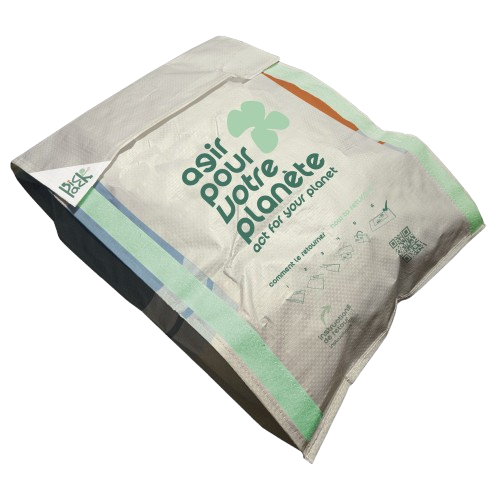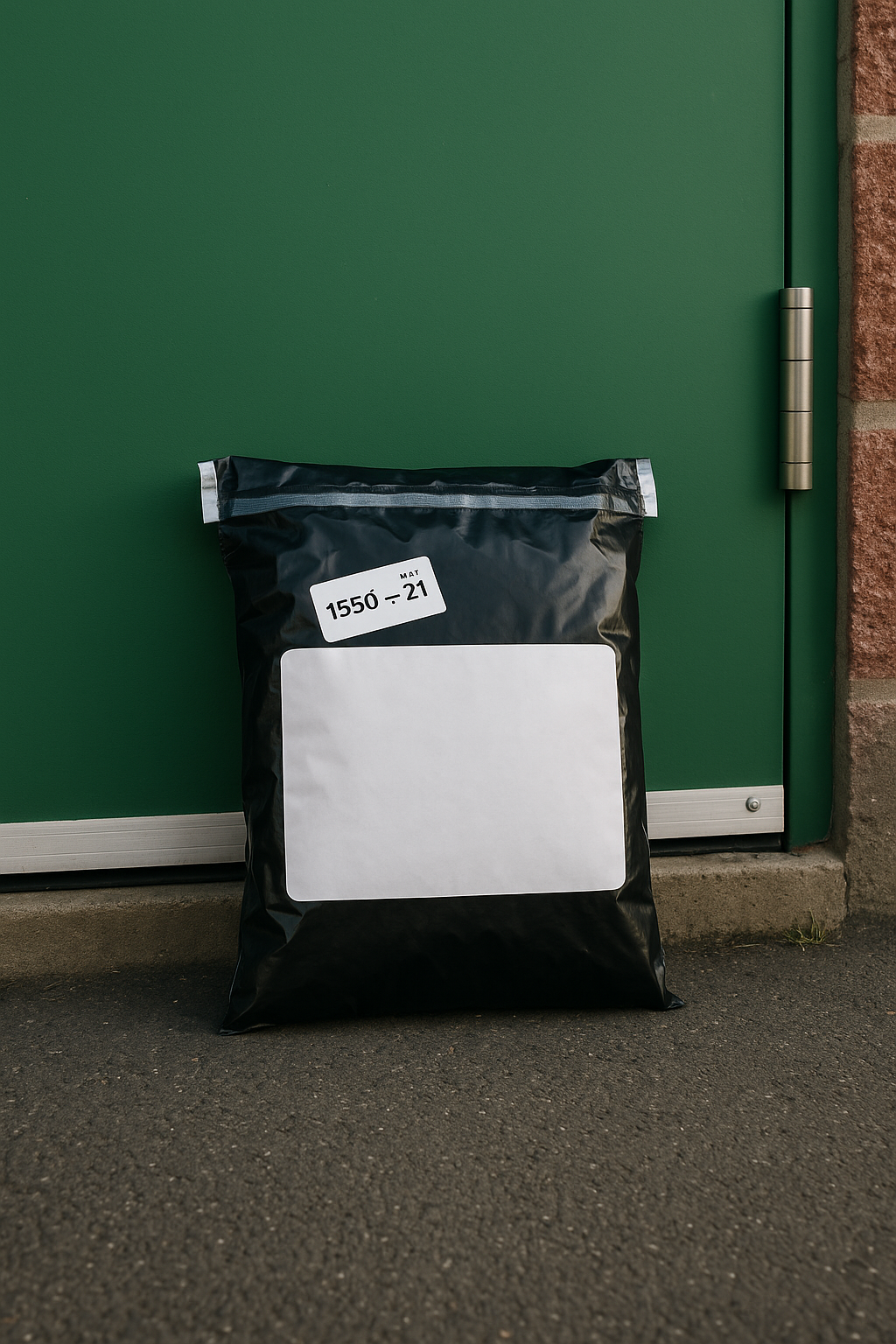5 tips for choosing the RIGHT sleeping bag

Temperature ratings – can we trust them?
Tip 1 – Look to see if the bag has the EN sign next to its temperature rating, that’s a good start
Every camp is different!
Tip 2 - If you plan to sleep under a tarp, under the stars or in a hammock, take a warmer bag
Which shape is best for you?
Rectangular, semi-rectangular, mummy...Sleeping bags are made in several shapes. How to choose?
- Rectangular - Car or shelter camping for short distances. The rectangular bag is large, comfortable and can even open completely to make a large blanket. Ideal for finding the comfort of home! On the other hand, it is heavier and less warm than a mummy bag.
- Semi-rectangular - the compromise: Lighter and compact than the rectangular bag, this type of bag is well suited to summer hikes or to people who quickly feel stuck in a mummy bag.
The mummy - not just in Egypt!
Length matters!
Tip 3 – Try the bag on at the store for a few minutes to see if the length and fit suits you
Down or synthetic? 3 questions to decide
Are you camping in the humidity?
Do you travel long distances?

Tip 4 – Evaluate durability, moisture and weight when choosing between down and synthetic insulation
And the price in all this?
-
A good down sleeping bag will keep you warm for 10 years, or even 15 years of heavy use. A little less for a bag with synthetic insulation. For example, my sleeping bag is 15 years old and over 1000 nights of use and it is as warm as the first night I used it.
-
The right sleeping bag ensures you get a good night's sleep, no matter what temperature or shelter you have. There's nothing worse than shivering for hours on the first night of a long hike. The best tent, the best backpack, the best stove and the most beautiful Goretex coat in the world won't change anything.
-
A quality sleeping bag will be light and small: you can use it for all your outings, from a weekend in a refuge to a long hike in Europe.
Tip 5 – Buy the best bag your budget allows, you won’t regret it.
But I don't have $1000 to invest on a bag!
-
Take a bag made of synthetic insulation instead of down. It will be a little heavier, but much less expensive than a down bag and more efficient in humidity. A good option if your tent is not in top shape!
-
Buy a 3-season mummy bag with a temperature rating between -5 °C and -9 °C . These are the most versatile bags.
-
Buy a recognized brand. This is often an overlooked but so important factor! A bag from a recognized outdoor brand will be of better quality and will maintain a good resale value. It will sell quickly and at a good price when you want to change it for a more efficient one.
-
Shop end-of-season specials. Sleeping bags rarely go on clearance, but it does happen. Take your time and shop for discounts.










